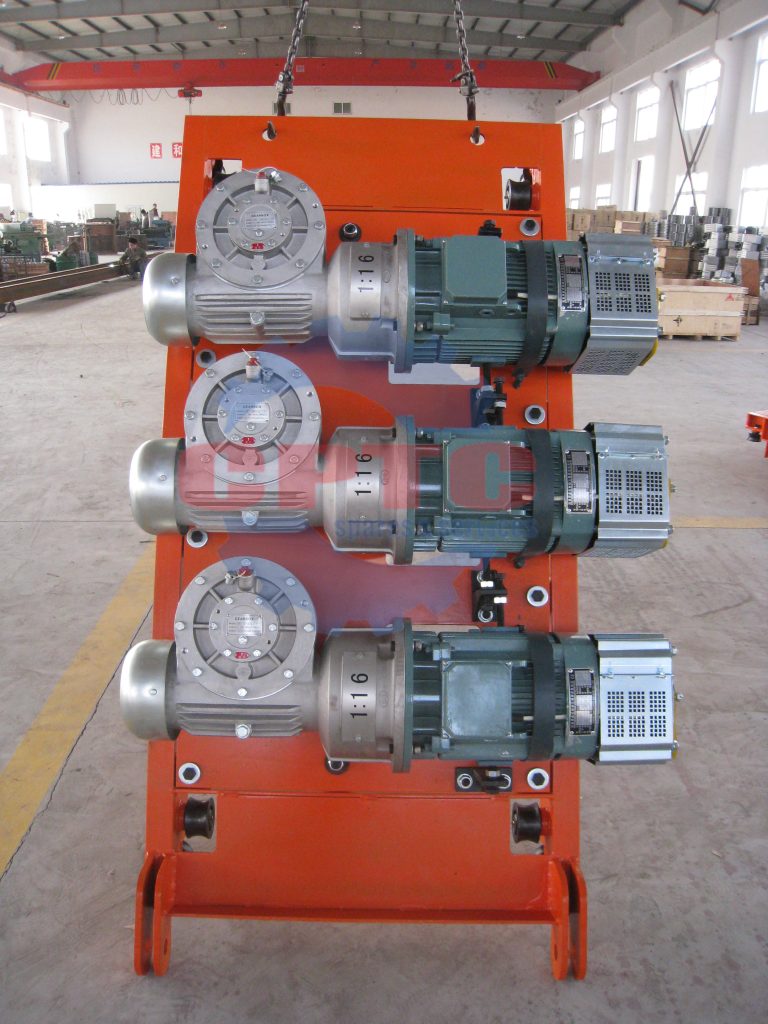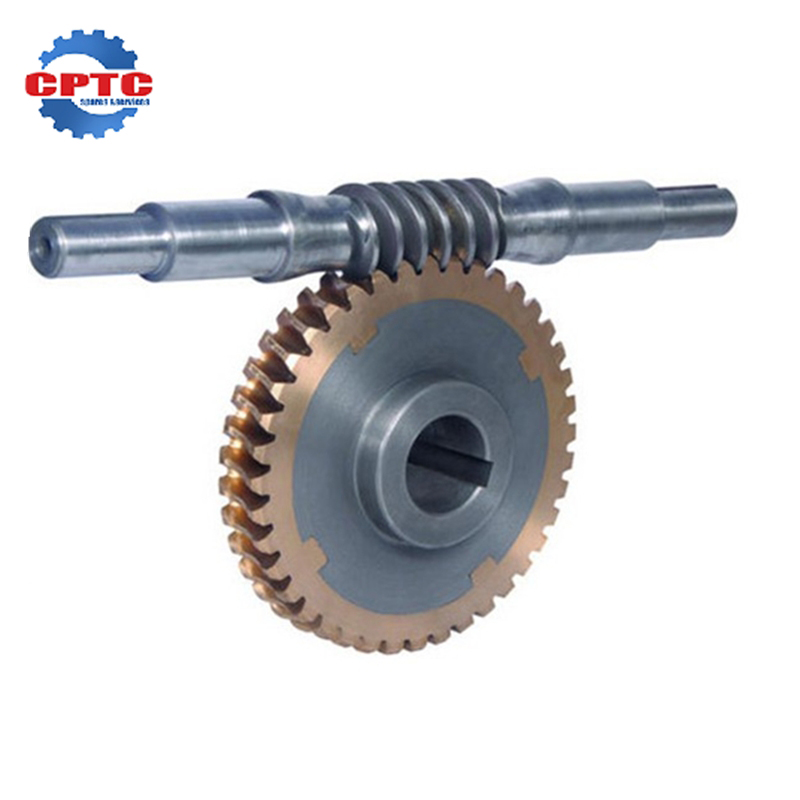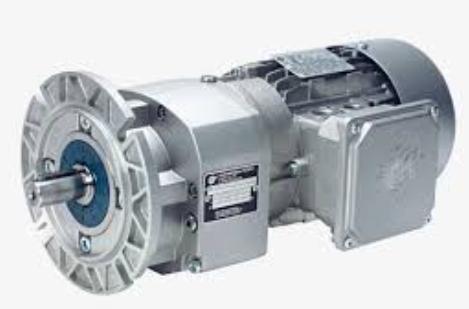Elevator frequency converters, often referred to as variable frequency drives (VFDS), control the rotational speed and performance of hoist motors by adjusting voltage and frequency. Its application in construction hoists not only achieves remarkable energy-saving effects, but also enhances production efficiency, enables precise speed regulation, optimizes product performance, promotes the improvement of production line automation levels, and effectively improves the working environment.
This article will help you gain a comprehensive understanding of an indispensable key component in this construction hoist, from what a hoist inverter is to how to choose the right one.
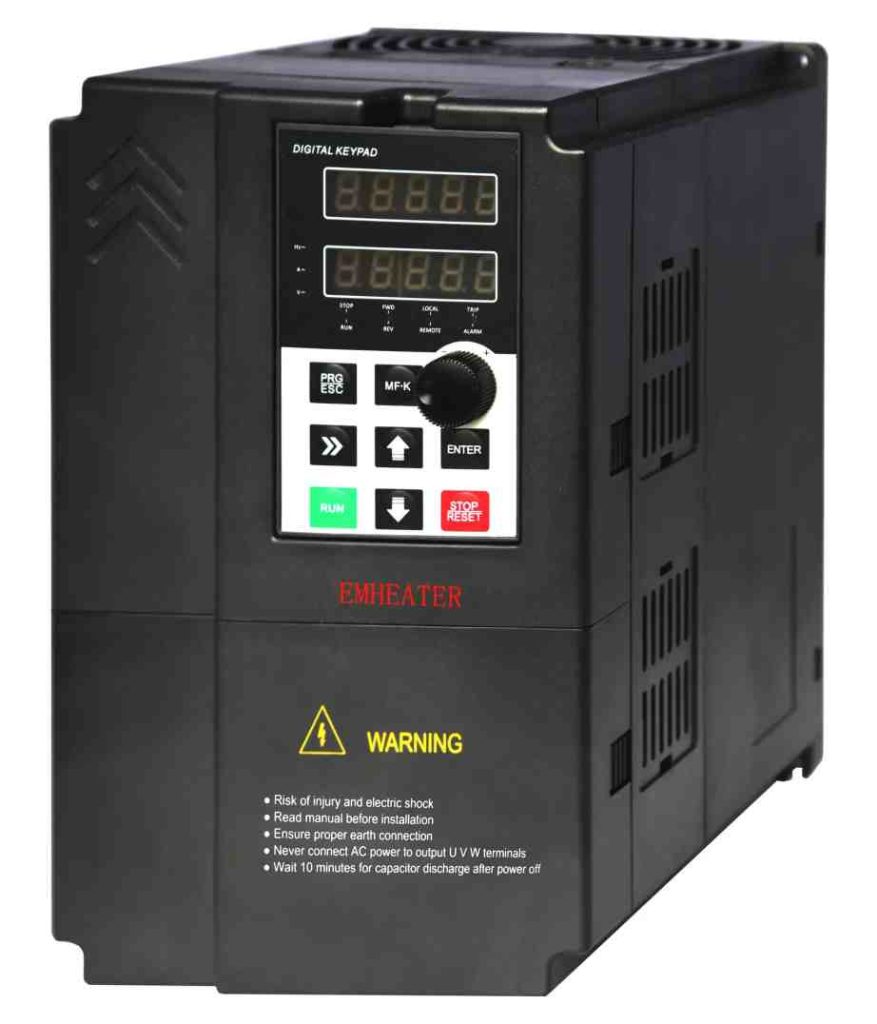
What is a Hoist Inverter?
A hoist inverter is an electrical device used to convert fixed-frequency power into electrical power of variable frequency in order to control electric motors precisely. In construction hoists, it is usually used along with AC motors for speed control of lifting, starting and braking, and protection against safety.
In contrast to fixed-speed motor-based traditional hoist systems, a hoist inverter offers smooth acceleration and deceleration of loads, reducing mechanical stress on components such as cables, pulleys, and brakes. It also optimizes energy efficiency, allowing the motor to operate at high levels of power in accordance with load conditions.
Hoist inverters may be of varying types and specifications according to the load weight, lift speed requirement, and atmospheric conditions. The majority of hoist manufacturers inverter have solutions that are customizable according to various models of construction lifts from small passenger lifts to heavy material hoists.
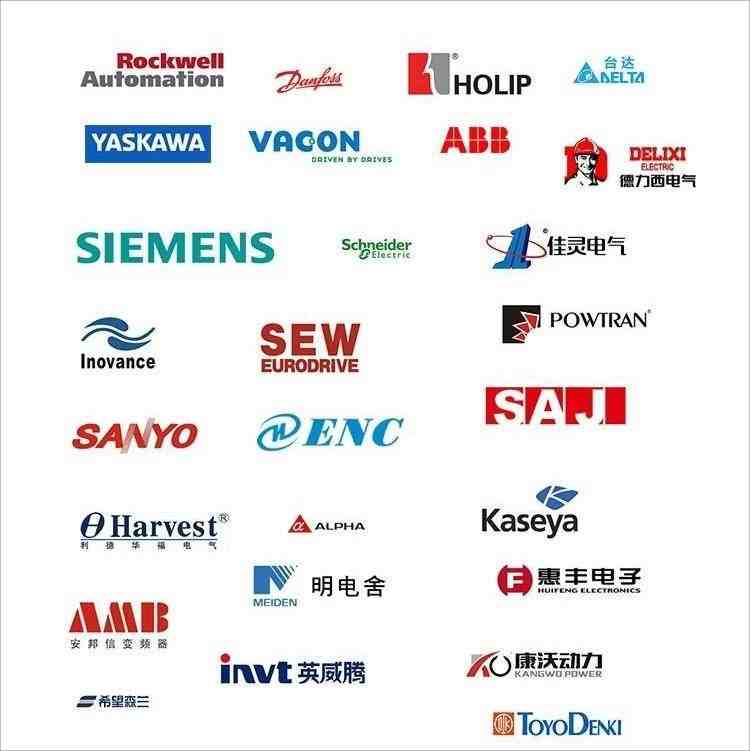
For a summary of major inverter brands, please click here.
What is the Function of Inverter in Hoist?
The main function of the honist inverter is to regulate the operation of the crane motor. Its main functions include:
Speed Control
By adjusting the power supply frequency, the crane inverter can precisely control the lifting speed of the crane, achieving smooth and accurate speed regulation and meeting the operational requirements of the crane under different working conditions. The variable frequency speed regulation system can smoothly accelerate according to the user’s requirements after starting at zero speed, and offers multiple options such as linear, S-shaped or automatic acceleration.
Smooth Start and Stop
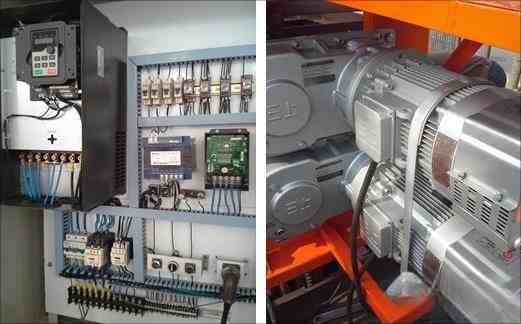
Traditional cranes without inverters start and stop very suddenly, which can lead to mechanical shock and excessive wear. The crane inverter offers soft start and soft stop functions, minimizing the pressure on gears, steel wires and the motor itself, and reducing the risk of accidents.
Overload Protection
Modern crane inverters integrate safety functions such as overload protection, overcurrent protection and phase loss detection. These functions can prevent motor damage and enhance overall operational safety.
Energy Conservation
The crane inverter will adjust the motor output according to the actual load demand. Under light-load conditions, it can reduce energy consumption, thereby lowering electricity costs, while maintaining smooth operation.
Precise and Reliable
With advanced control algorithms, the hoist frequency converter can precisely position the hoist cabin or material platform. This improves operational accuracy, reduces maintenance frequency, and enhances the reliability of construction projects.
Advantages of Using Hoist Inverters in Construction Hoists
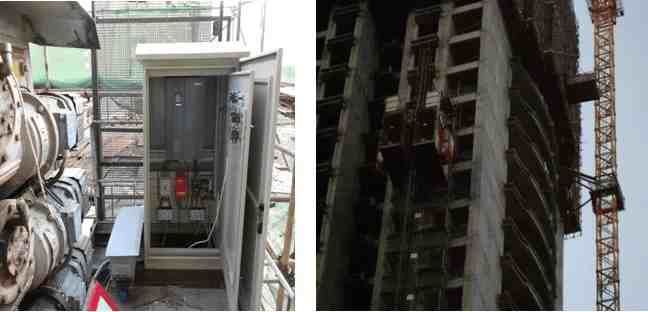
Although the functions of crane frequency converters mainly focus on motor control and operation mechanisms, their advantages are also reflected in the actual benefits of construction projects:
Enhance Safety
Soft start and soft stop, as well as overload and emergency protection, significantly reduce the risks associated with sudden mechanical movement. This ensures a safer working environment for personnel and materials.
Extend the Service Life of the Equipment
The traditional power frequency starting method will cause severe vibration of the motor and the connected mechanical parts, accelerating the wear and tear of gears, steel wires and brakes, and affecting the service life of mechanical components and the motor. Therefore, the overall service life of the construction crane is prolonged and the maintenance cost is also reduced accordingly.
Enhance Efficiency
Variable speed control enables cranes to adapt to different loads and operation tasks. Operators can move materials more quickly without compromising safety, thereby shortening the project duration and enhancing production efficiency.
Save Energy
The traditional power frequency starting method can cause the motor to generate up to 7 to 8 times the rated current. This not only increases the electrical stress on the motor but also generates a large amount of heat, shortening its service life. Variable frequency speed regulation can smoothly start the motor at zero speed and zero voltage, and drive the load through V/F or vector control methods, effectively reducing the starting current, alleviating the burden on the windings, thereby lowering maintenance costs and extending the motor’s lifespan. Compared with the power frequency state, it can save about 20% of electricity and maintenance costs.
Flexibility and Adaptability
When the motor starts at power frequency, the drastic changes in current and voltage may cause faults or abnormalities in voltage-sensitive equipment within the same power supply network. The zero-frequency and zero-voltage starting feature of variable frequency speed regulation can minimize voltage drop to the greatest extent and protect voltage-sensitive equipment from being affected. This flexibility enables construction companies to use the same crane system in multiple projects, thereby enhancing the flexibility of operations.
Choosing the Right Hoist Inverter
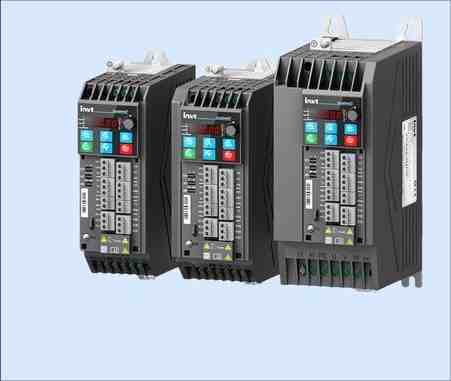
Choosing a suitable crane frequency converter is the most crucial step in enjoying the above advantages to the maximum. The crucial factors are:
Load Capacity
The frequency converter must be synchronized with the motor-rated load of the crane’s motor so that it operates smoothly under changing weight conditions.
Motor Compatibility
Check if the frequency converter can be used with the motor type of the crane, i.e., an AC induction motor or a synchronous motor.
Safety Features
Choose a frequency converter with protection functions integrated, e.g., overcurrent protection, overvoltage protection, undervoltage protection, emergency stop and braking control.
Reliability of the Manufacturer
Choice of a reliable crane frequency converter manufacturer can ensure stable product quality, adequate technical support and compliance with safety standards. CPTC can offer customization services to match specific construction crane types.
Environmental Compatibility
Think whether the frequency converter is capable of operating in harsh building environments, such as high dust, temperature change and vibration.
If you have any questions about the selection of frequency converters for your building hoist, please do not hesitate to contact CPTC’s experienced technicians at any time.
Conclusion
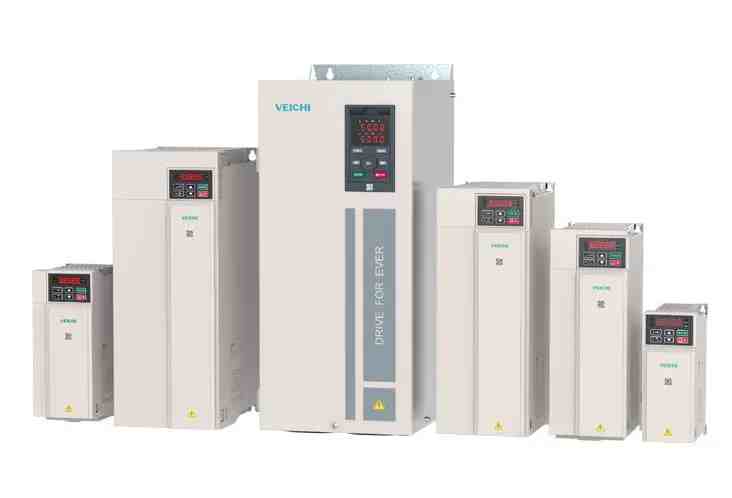
The application of frequency converters in construction hoists can not only significantly enhance production efficiency but also optimize product performance. Through the flexible speed regulation function, the frequency converter changes the operation mode of the traditional lift, making it more efficient and energy-saving. In terms of energy conservation, variable frequency speed regulation maintains low current operation during start-up, braking, acceleration, deceleration and other processes, which can save about 20% of electricity and maintenance costs compared with the power frequency state. Investing in the right frequency converter can not only optimize your construction process but also ensure the safety of your personnel and equipment for years to come.
Related Products
Construction Hoist Driving Device | CPTC-CHINA
Gearbox Seal | CPTC-CHINA
Worm Wheel Shaft
Customized services;
With…
Nord Motor & Nord Gearbox
Quality assurance
Rich products
CPTC supply

